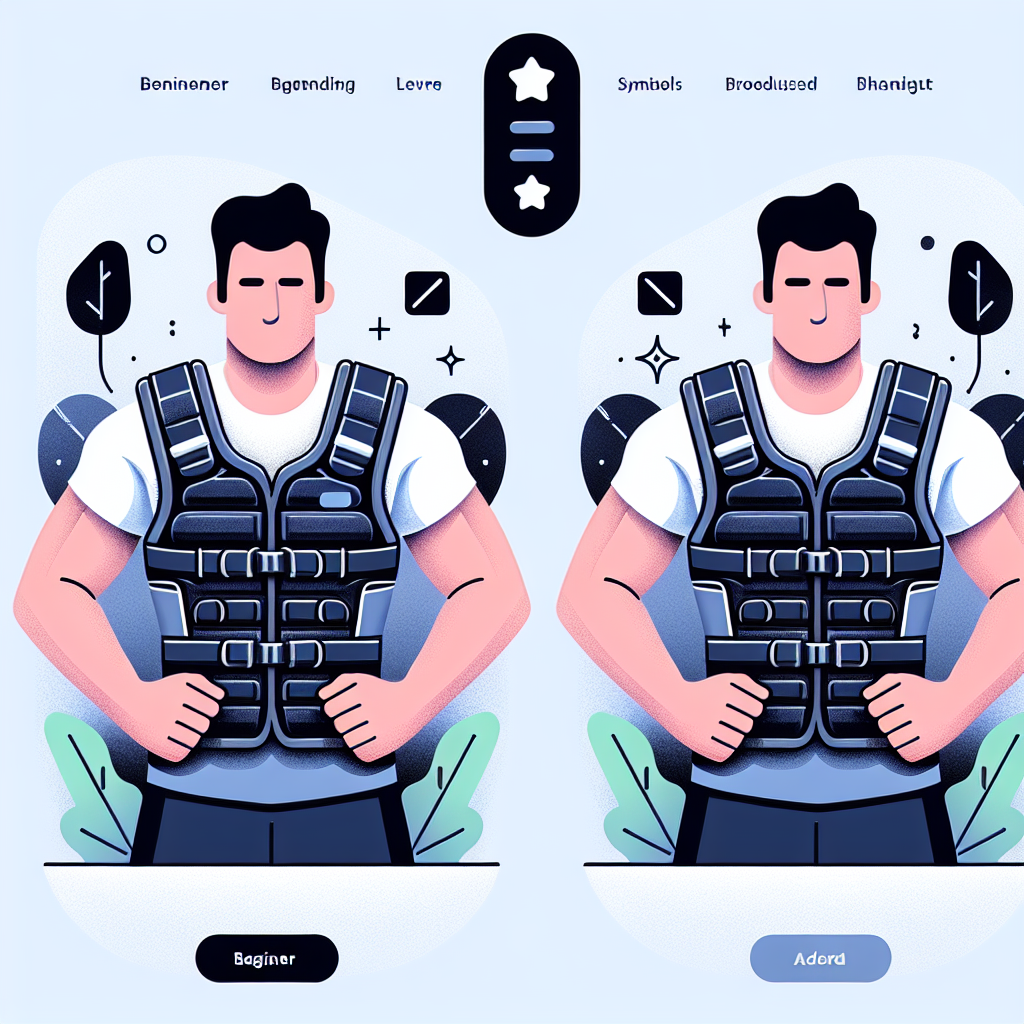
ZELUS Weighted Vest: Safe Progressions for Beginners
Share
ZELUS Weighted Vest: Safe Progressions for Beginners
Adding resistance to your daily workout can supercharge your results, but it’s crucial to do it safely, especially if you’re new to strength training with added weight. A weighted vest is one of the most versatile pieces of fitness equipment on the market, and the ZELUS Weighted Vest is an excellent choice for beginners looking for gradual, safe weighted vest progression. This guide will walk you through the basics of training with a weighted vest, safety tips, and how to progressively challenge your body without increasing the risk of injury.
Why Choose a Weighted Vest?
A weighted vest evenly distributes resistance across your torso, allowing you to intensify bodyweight exercises, running, or even daily walks. Unlike free weights, it leaves your hands free, which makes it easy to train in a safe and functional way. Benefits include improved muscular endurance, better cardiovascular fitness, enhanced bone density, and boosted calorie burn.
Understanding Safe Weighted Vest Progression
"Safe weighted vest progression" refers to gradually introducing additional weight and increasing workout intensity in small, measured steps. Too much weight too soon can lead to stress on the joints, poor technique, or injury. To ensure consistent progress while remaining injury-free, follow a systematic approach.
Step 1: Choose the Right Starting Weight
Beginners should start light. The ZELUS Weighted Vest offers weights ranging from 6 lbs to 30 lbs, making it perfect for safe progression. Start with a weight that feels challenging but doesn’t compromise your form. For most beginners, 6–12 lbs is ideal.
Step 2: Begin with Low-Impact Activities
Start with low-impact activities like walking, bodyweight squats, or simple push-ups to get used to the added resistance. These movements allow your body to adapt without placing excessive stress on your joints and muscles.
Step 3: Track Your Duration and Intensity
Instead of jumping straight into long, intense workouts, keep sessions short at first. Begin with 10–15 minutes of movement and gradually add time each session. Monitoring your progress ensures steady improvements while reducing the risk of overtraining.
Step 4: Follow Structured Progression
Use a structured progression model when increasing weight or duration. Here’s a basic roadmap:
- Weeks 1–2: Start with the lightest weighted vest option (6–8 lbs). Practice steady walking, warm-up drills, and basic bodyweight movements.
- Weeks 3–4: Increase reps or extend duration before adding more weight. Work on push-ups, lunges, and planks.
- Weeks 5–6: Move up to the next weight level (10–12 lbs). Introduce jogging or circuit-style training sessions.
- Weeks 7–8: Progress toward more dynamic movements such as jump squats or burpees with light weight before advancing further.
Step 5: Prioritize Recovery
Recovery is as important as training itself. When using a weighted vest, your muscles and joints take on greater stress than usual. Ensure you stretch, hydrate, and get adequate sleep. This lets your body adapt properly and enhances long-term results.
Safety Tips for Beginners
To ensure effective and safe progression, beginners should keep the following in mind:
- Maintain good posture: Keep your shoulders back and core engaged to avoid back pain.
- Increment slowly: Add no more than 5–10% of your bodyweight at a time.
- Monitor for soreness: Mild soreness is normal, but sharp pain signals you should scale back.
- Pair with mobility work: Stretching and foam rolling help balance out the increased workload.
Exercises for Safe Weighted Vest Progression
Once you’re comfortable wearing the vest, you can incorporate it into a wide range of movements. Here are some great beginner-friendly options:
- Weighted Walks: Improve endurance and posture while gently adding load to daily steps.
- Push-Ups: Activate chest, triceps, and core with more resistance.
- Bodyweight Squats: Build strength in the legs and glutes while staying joint-friendly.
- Lunges: Enhance balance, coordination, and lower body strength.
- Step-Ups: Strengthen legs and core using a low platform or bench.
Why the ZELUS Weighted Vest is Ideal for Beginners
Not all weighted vests are created equal. The ZELUS Weighted Vest is designed with comfort and safety in mind, making it perfect for those new to weighted training. Some of its standout features include:
- Wide Range of Weight Options: Start as low as 6 lbs and scale up safely to 30 lbs.
- Ergonomic Design: Evenly distributed weight prevents strain and ensures natural movement patterns.
- Breathable Material: Keeps you cool during intense workouts.
- Reflective Stripes: Ensures visibility and safety when training outdoors in low light.
Putting It All Together
If you’re ready to enhance your fitness routine with resistance training, starting with a well-planned, safe weighted vest progression is the key to success. Not only will you build strength and endurance, but you’ll also enjoy sustainable, injury-free results. The ZELUS Weighted Vest offers the versatility and comfort needed to make such progress easy and achievable for beginners.
Start light, focus on form, and commit to gradual progression. With patience and consistency, you’ll see results that last for years to come—all while building a stronger, healthier body safely and effectively.
Meta description: Learn safe weighted vest progression with the ZELUS Weighted Vest. A step-by-step beginner’s guide to building strength and endurance safely.
```